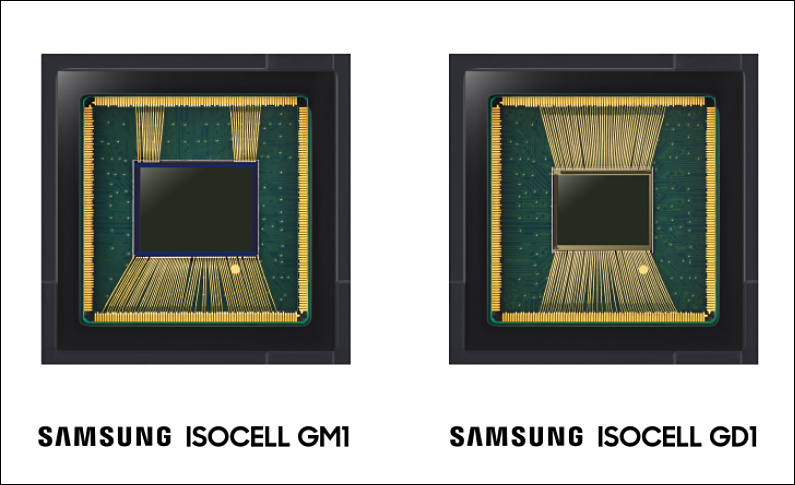
It allows to keep PV going, with more focus towards AI, but keeping be one of the few truly independent places.
-
Samsung Electronics Co., Ltd., a world leader in advanced semiconductor technology, today introduced two new 0.8-micrometer (μm) pixel image sensors – the 48-megapixel (Mp) Samsung ISOCELL Bright GM1 and the 32Mp ISOCELL Bright GD1.

“Demand for ultra-small, high-resolution image sensors are growing as smartphones evolve to deliver new and more exciting camera experiences for users,” said Ben K. Hur, vice president of System LSI marketing at Samsung Electronics. “With the introduction of our cutting-edge 0.8μm-pixel Samsung ISOCELL Bright GM1 and GD1 image sensors, we are committed to continue driving innovation in image sensor technologies.”
As cameras are becoming a key distinguishing feature in today’s mobile devices, smartphone makers are faced with the challenge to fit multiple cameras into the sleek designs of their latest flagships. At a reduced pixel size, the new sensors provide greater design flexibility, enabling camera module manufacturers to build smaller modules or pack more pixels into existing designs, and consequently allowing smartphone makers to maximize space utilization in slim, bezel-less smartphones.
The GM1 and the GD1 sensors are based on the company’s latest pixel isolation technology – the ISOCELL Plus* – which optimizes performance especially for smaller-dimension pixels, making them the ideal solution for today’s super-resolution cameras. In addition, thanks to Tetracell technology, where four pixels are merged to work as one to increase light sensitivity, the GM1 and GD1 can deliver light sensitivity equivalent to that of a 1.6μm-pixel image sensor at 12Mp and 8Mp resolution, respectively. The sensors also support Gyro-based electronic image stabilization (EIS) for fast and accurate image capture.
A real-time high dynamic range (HDR) feature is added to the GD1 to deliver more balanced exposure, richer color and detail when filming selfie-videos or streaming live video content even in low-light, high-contrast environments.
The Samsung ISOCELL Bright GM1 and GD1 are expected to be in mass production in the fourth quarter of this year.

 sa5388.jpg795 x 485 - 56K
sa5388.jpg795 x 485 - 56K
Howdy, Stranger!
It looks like you're new here. If you want to get involved, click one of these buttons!
Categories
- Topics List23,990
- Blog5,725
- General and News1,353
- Hacks and Patches1,153
- ↳ Top Settings33
- ↳ Beginners256
- ↳ Archives402
- ↳ Hacks News and Development56
- Cameras2,366
- ↳ Panasonic995
- ↳ Canon118
- ↳ Sony156
- ↳ Nikon96
- ↳ Pentax and Samsung70
- ↳ Olympus and Fujifilm100
- ↳ Compacts and Camcorders300
- ↳ Smartphones for video97
- ↳ Pro Video Cameras191
- ↳ BlackMagic and other raw cameras116
- Skill1,960
- ↳ Business and distribution66
- ↳ Preparation, scripts and legal38
- ↳ Art149
- ↳ Import, Convert, Exporting291
- ↳ Editors191
- ↳ Effects and stunts115
- ↳ Color grading197
- ↳ Sound and Music280
- ↳ Lighting96
- ↳ Software and storage tips266
- Gear5,420
- ↳ Filters, Adapters, Matte boxes344
- ↳ Lenses1,582
- ↳ Follow focus and gears93
- ↳ Sound499
- ↳ Lighting gear314
- ↳ Camera movement230
- ↳ Gimbals and copters302
- ↳ Rigs and related stuff273
- ↳ Power solutions83
- ↳ Monitors and viewfinders340
- ↳ Tripods and fluid heads139
- ↳ Storage286
- ↳ Computers and studio gear560
- ↳ VR and 3D248
- Showcase1,859
- Marketplace2,834
- Offtopic1,320




